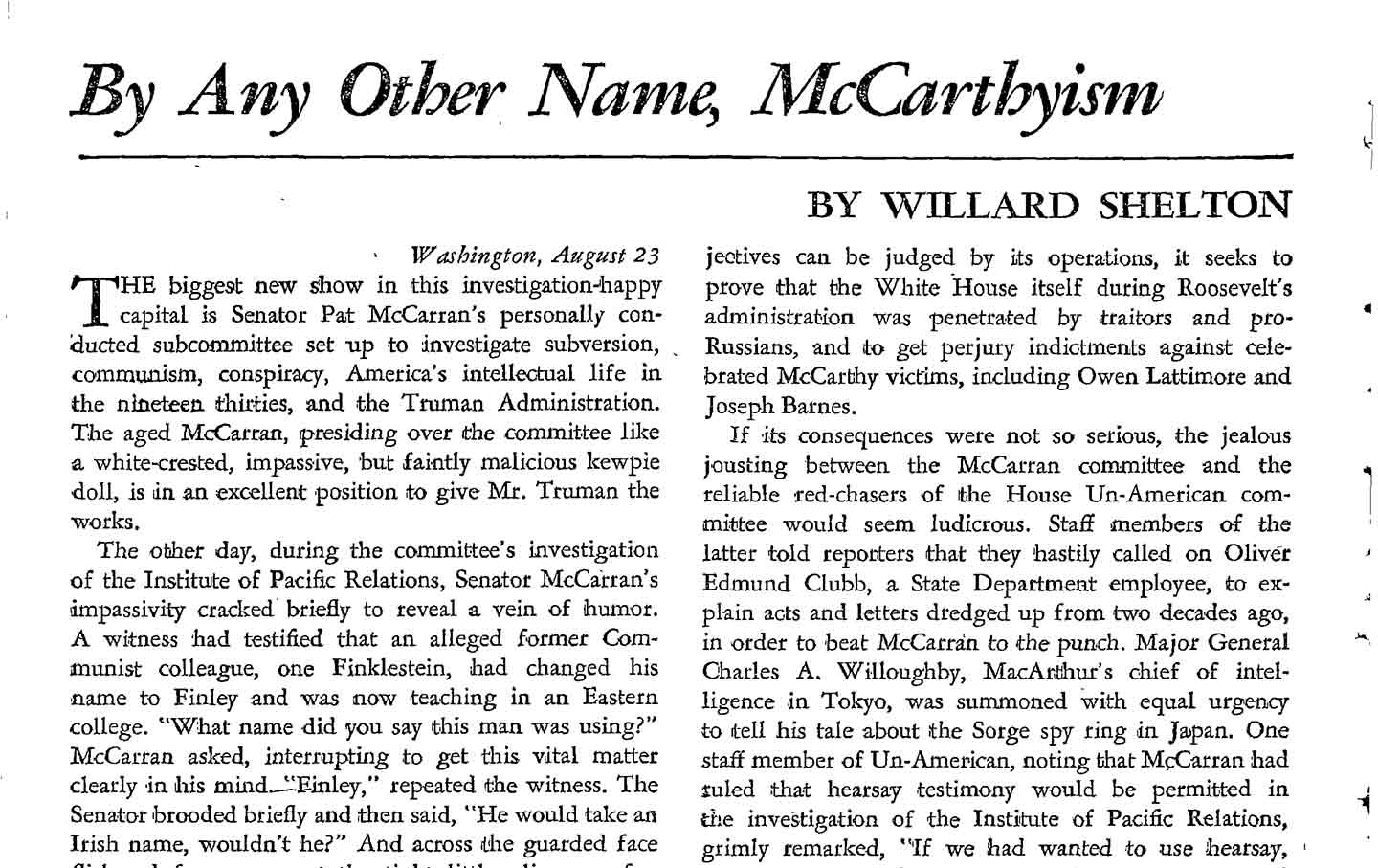Want to Build Worker Power? Ask an Architect.
You don’t have to wield a T-square to benefit from the field’s first collective bargaining agreement in decades.

This July, the first collective bargaining agreement at the first US architecture firm to unionize since the 1940s was ratified. After years of strife and setbacks, architectural labor organizing finally has a concrete victory. It began when the workers at Bernheimer Architecture (BA), represented by Architectural Workers United (AWU), a division of the International Association of Machinists and Aerospace Workers, successfully unionized in 2022. While previous attempts to organize architects had been thwarted by management’s use of union-busting tactics like forced elections, BA’s management decided to voluntarily recognize the union.
Another unexpected twist: The workers at BA unionized not because their working conditions were terrible, but rather to protect existing positive attributes of the firm as it grows and, inevitably, changes. As BA architect Christopher Beck told me, “Ownership can change at any moment. And if that happens, we have no idea what we’re getting. Having a contract with teeth in it will protect these good cultural things that we’ve developed over time.”
However, securing recognition is one thing; ratifying a contract is another. After more than a year of bargaining, BA’s shop has achieved a staggering victory not only for an architecture union but for any labor union, period. The gains for BA workers are immense: They include just-cause job protections (i.e., the employer needs a legitimate reason to terminate an employee) and a 36-hour workweek. This goes to show that even in so-called “friendly firms,” there are still major strides to be made beyond union recognition. A good situation can be made even better.
Unfortunately, BA is an outlier when it comes to organizing architectural workers. The firm unionized successfully not just because it’s a friendly workplace (something that can always change) but also because of its size (only 18 employees). Previous union drives took place at far larger, more international firms, where the stratification of labor is more extreme. For example, when AWU went public with the union drive at SHoP Architects in December 2021, the backlash from management was so severe that the drive was pulled just over a month later. (SHoP is best known for its supertall skyscrapers, such as the Batman-esque Brooklyn Tower.) Other efforts, such as those at the high-end minimalist firm Snøhetta, also failed after being bombarded with union-busting measures. Since BA’s successful unionization in 2022, only one architecture firm, Sage & Coombe, has secured recognition. Like BA, Sage & Coombe is a small firm (14 employees at the time of its unionization drive) whose work-life environment has been described as “collegial.” Its union was also voluntarily recognized by management. It has yet to ratify a contract.
Folks unfamiliar with the field may wonder why architects need unions in the first place. Some who hear the word “architect” may think of a handsome protagonist in a romantic comedy, or a kind of prime mover of the new world order holding a T-square, as in Ayn Rand’s (execrable) The Fountainhead. Many architects still see themselves as temporarily embarrassed versions of that same image—a misapprehension that is a major impediment to organizing. Save for the top 1 percent of superstar firm owners, such images have no bearing on reality.
More often than not, contemporary architectural work is poorly paid, piecemeal, and deskilled—less about wielding a T-square than hunching over a computer making drawings of door handles for paltry salaries and with little chance for advancement. A culture of overwork is established early on, when students are forced to pull all-nighters on school projects that will be judged by outside experts, sometimes in ways I can only describe as polite hazing. This negative reinforcement is seen as a rite of passage and establishes a link between success and suffering. The management of architecture firms tends to be poor, and it’s not uncommon for architects to take on tasks they were not trained for, such as accounting and communications, which pushes their duties into overtime. Like employers in other industries, architecture firms often weaponize prestige to encourage overwork.
In addition, the seemingly “old-school” problems of race, gender, and class make the field not only difficult but truly backward. The percentage of Black architects registered by the American Institute of Architects has remained in the low to mid-single digits in recent years. Women, who receive 48 percent of all architecture degrees, make up only 17 percent of US architects, and less than 0.05 percent are Black women. Moreover, women in the field make 86 cents for every dollar earned by men.
The architecture theorist Sérgio Ferro argues that the history of his field since the Middle Ages is one of increasing separation from the labor of building. It is a practice that has become ever more stratified and abstracted over the centuries. Computerization has only sped up the division of labor and its alienation from the physical world. Even as late as the mid–20th century, architecture was more of a creative, hands-on field, in which one needed to know how to draw and make models.
“Labor-saving” tools like computer-aided design and building information modeling (BIM) have only enabled firms to pile more and more projects of lower and lower quality onto their workers. What was once the work of a single skilled architect can now be broken into multiple, mind-numbing parts. The firms’ thirst for profits (plus their obsession with liability) further contributes to dull, derivative architecture, so issues of labor also become issues of aesthetics.
The race to the bottom will only accelerate as AI grifters and other labor-cutting technologies enter the arena. A stagnant economy also bodes poorly for workers in a field with a notoriously high turnover. Architects—and architecture—have never needed unions more. The union drive and contract fight at Bernheimer may not be feasible as a template for workers in bigger, more exploitative firms. But BA’s workers were obviously aware that good conditions may not always last and collegiality isn’t a guarantee against being worked to exhaustion—or unjustly fired. Their victory is a beacon of hope and a high standard to match. It shows what is possible when workers can, and do, win.








